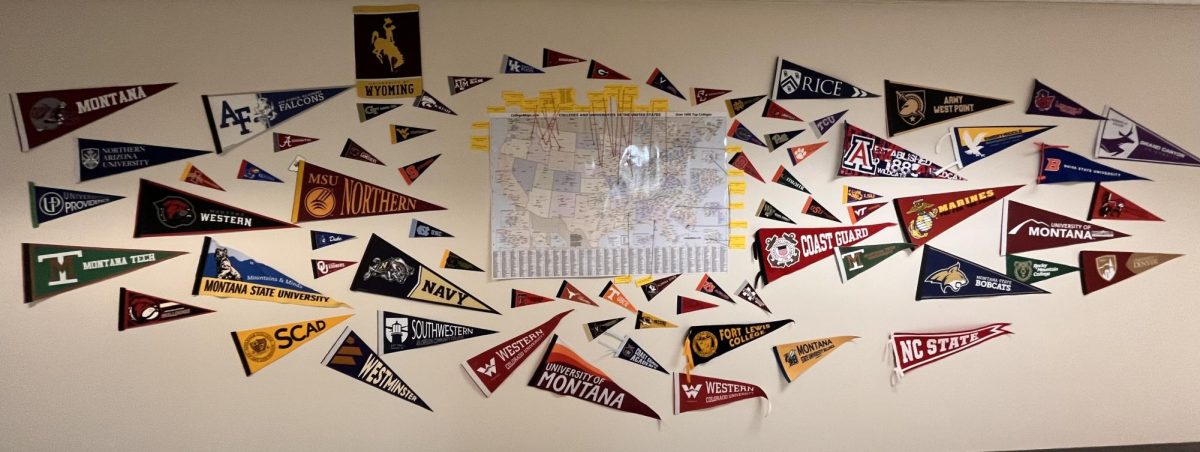Movies portray college acceptance as a fast and stress-free experience. The essay is written, the application is submitted, and a short montage later, an envelope appears in the mail. The reality could not be farther from this, especially without help. College counseling can be expensive and hard to find, so read on for some free advice.
The first part of the process is creating a school list. This list—many use spreadsheets— is a place to organize all of your research and make decisions about where you want to apply. Things to consider include acceptance rates, average GPA of admitted students, middle 50% for ACT/SAT test scores, size, location, and Common Data Set (CDS) information. The latter is an exhaustive document where schools publish a list of answers to standard questions about their admissions statistics. The CDS includes basic information like test scores and demographics, and more detailed information, such as the criteria the schools assign the most importance to. The best way to find a school’s common data set is to search for the school’s name with “common data set.”
After creating the school list, the next step is to make the decision about which schools you want to attend. Things like cost and the available majors play into this, but are not the only important criteria to consider. An experienced college counselor in Missoula says the most important question students should consider is “How will the school stretch you and help you to grow and learn in new ways?”
Once the list is complete, it’s time to consider essays and letters of recommendation. The Common Application has one 650-word essay that’s submitted to all of the schools applied to under this application. A great resource for essay advice is “The College Essay Guy” on YouTube. Each school may also have its own supplemental essays in addition to the main essay. Schools differ in their letter of recommendation requirements, but most want at least one teacher and one other recommender. The above Missoula college counselor said to ask “…someone who knows you and can write more than the generic ‘great kid’ letter.” It can also be helpful to provide your recommenders with a resumé of sorts that serves as a jumping off point.
It’s also important to consider Early Decision, Early Action, and Restrictive Early Action. While they sound very similar, each early application category has key differences. According to College Board, Early Decision is a binding application that requires the student to attend that college should they get in. You can apply to only one college Early Decision. While the contract is not legally binding, there are consequences for not attending the school. These consequences include the college contacting the other schools you’ve applied to to inform them of your decision. It’s also important to consider that limited financial aid may be available when applying Early Decision. Early Action has one key difference from Early Decision, an Early Action application is not an agreement to attend the school. Instead, Early Action requires a response at the normal decision deadline of May 1. The least common option is Restrictive Early Action (REA). REA restricts applicants to applying to only one school early. However, the admissions offer can be rejected with no penalty. Applying early is a great option for students with one clear top school. It can reduce stress as there is an earlier response time, and it can minimize application costs as you may only have one school to apply to.
Although the process can be daunting and dull, it’s important to approach applications with a feeling of excitement. If thought about the right way, applications can be an exciting jump into the future instead of a slow march through repetitive questions.





